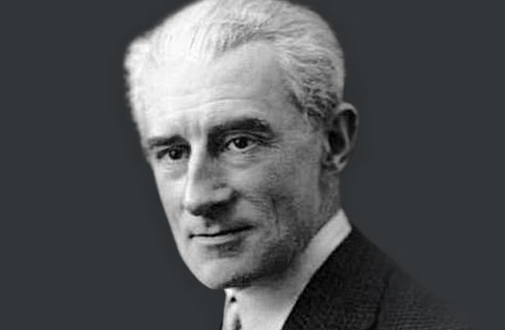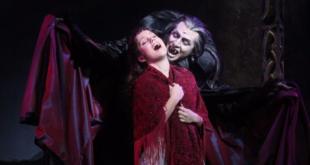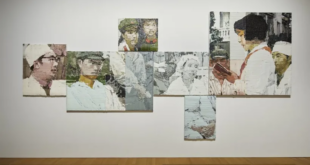Sonatine, composed by French composer Maurice Ravel, is a piece of music that is absolutely worth your time to appreciate and explore. This piece of music, created over 100 years ago, from 1903 to 1905, is a representation of Ravel’s style that ingeniously combines neoclassicism and impressionism.
If you have no idea where to start, check out the recording by French pianist Vlado Perlemuter — it is absolutely my personal favorite. Not only is Vlado Perlemuter a student of Maurice Ravel, but he is also the only pianist who has studied the complete set of Ravel’s solo piano works with the composer. His performance of the second movement is particularly noteworthy, with a gentle, lilting melody that captures the playful spirit of the dance. His interpretation of the work flows like an unceasing river, attracting those who have heard it.
Born in 1875, Maurice Ravel developed his own style by incorporating elements of neoclassicism, baroque, modernism, and jazz. He is often regarded as one of the leading figures of Impressionism along with Debussy, even though he did not like this term. As a painstaking and meticulous composer, his works are always delicate and well-designed.
The first movement of the piece, Modéré, was composed for a competition sponsored by a magazine, Weekly Critical Review, with a prize of 100 francs. Unfortunately, Ravel was disqualified for exceeding by a few measures, and the publisher soon canceled the competition because of bankruptcy. Ravel completed the piece two years later and dedicated it to his close friends, Ida and Cipa Godebski.
The Modéré opens with a descending perfect 4th which dominates the whole work and is in a strict sonata form but with trademarks of impressionistic harmony. The outstanding melody portrays a magical drama. Ravel transformed the motif into an ascending 5th in the second movement, Mouvement de Menuet. He maneuvers upbeat accents and utilizes an aristocratic tempo. It begins with a harp-like progression, then enters an orchestra-like climax with a mysterious sound created soon afterward. The last movement, Animé, is a toccata that begins with flashy broken chords. Ravel evokes a sense of nostalgia but at the same time calm and sweetness. The music builds to a thrilling climax and ends with a triumphant coda, bringing the Sonatine to a gripping close.
In 1913, Ravel recorded a piano roll of the first two movements. However, he felt unable to play the technical third movement and frequently left it out while playing concerts in America in the late 1920s. Although not a proficient pianist himself, there were innumerable later recordings by considerable pianists. It is absolutely worth exploring for all those who enjoy a cinematic piece of music and would love to immerse themselves in a totally new world with a different mindset.
I also highly recommend the recording by French pianist Samson François. It is not as ornate as the other versions. However, for my own part, it captures the essence of the energy of Ravel. Its focus on delicate textures, breadth of dynamic range, kaleidoscopic tonal coloring, and intricate harmonies manifests an innate empathy with the composer.
Another notable recording of the Sonatine is by Russian pianist Alfred Cortot. His interpretation is marked by its fluidity and dynamics, with an emphasis on the driving rhythms of the piece. His performance of the second movement is particularly impressive to me. The lyrical lines and subtle shifts in tempo and dynamics differentiate itself from other interpretations.
A 1956 recording by German pianist Walter Gieseking was viewed by many as the best recording of the piece. The subtle phrasing and the meticulous voicing endow his interpretation with a strong romantic feeling. Personally, I love the first two movements but feel the third movement is a bit rushed.
Other recordings that I cannot get enough of are the 1987 recording of Martha Argerich and the 2011 version of Steven Osborne’s recording. Please check these out if you are willing to experience unlimited possibilities of interpretations of this masterwork and explore how performers’ understanding can greatly influence how the work is conveyed.
 Tempus Magazine By Students, For Students
Tempus Magazine By Students, For Students 



